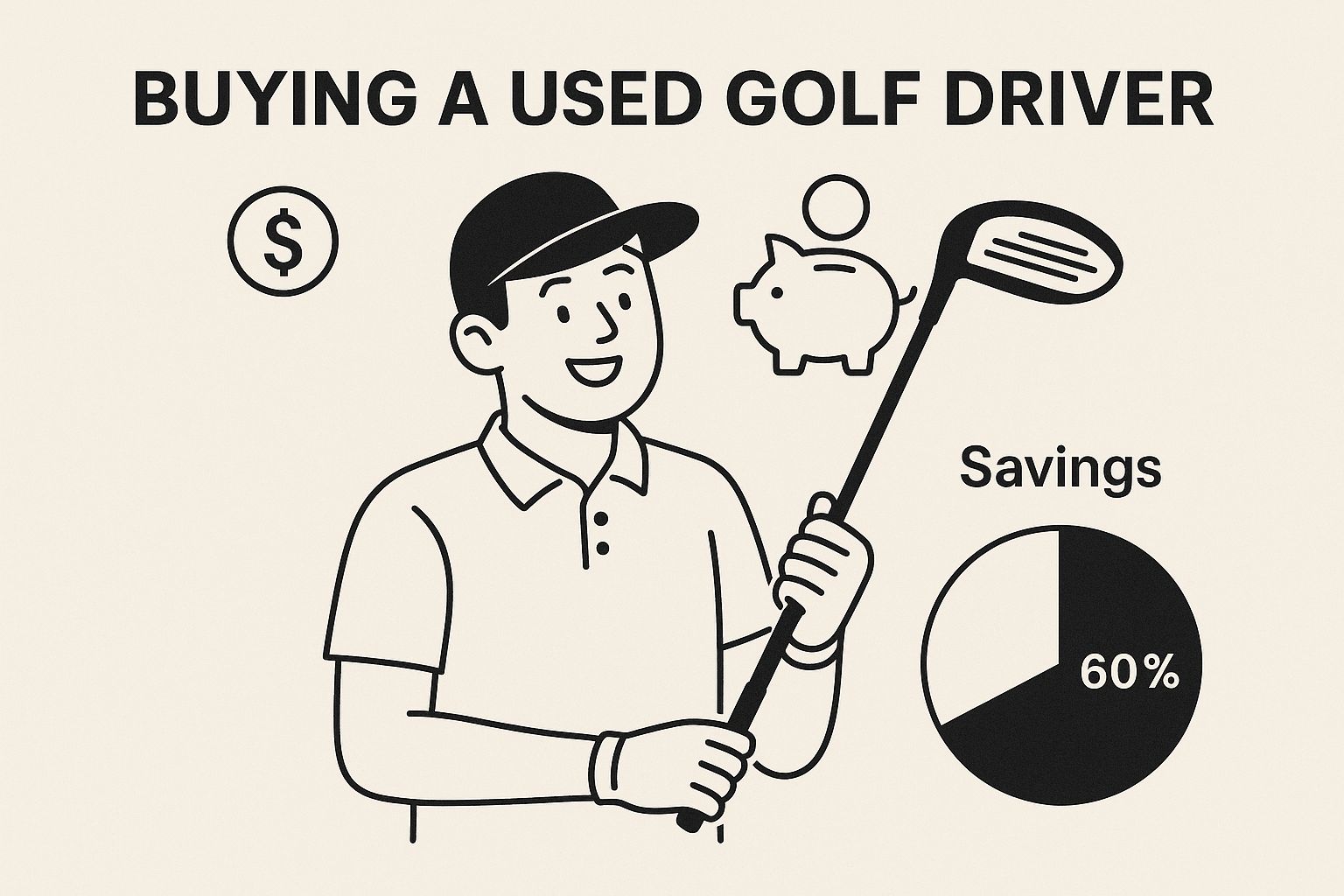Upgrading your driver doesn’t have to mean spending £400+ on the latest release. Many models from...
Are Recycled and Lake Golf Balls Worth It? Performance, Cost & Sustainability
Golf balls are one of the most frequently lost pieces of equipment in the game. Whether it’s a slice into the trees or a misjudged shot into the water, most golfers have contributed to the millions of balls lost each year. But instead of constantly buying new ones, what if there was a more sustainable (and cost-effective) way? Recycled and lake golf balls could be the answer.
What Are Recycled and Lake Golf Balls?
If you’ve ever wondered what happens to the balls that vanish into water hazards, you’re not alone. Recycled golf balls are recovered from lakes, forests, and roughs, then cleaned, graded, and resold. Some are refurbished, meaning they get a new outer coating, while others are simply repackaged based on quality. The result? Balls that are nearly as good as new but at a fraction of the price.
Do Recycled Golf Balls Perform the Same as New Ones?
There’s always been some debate over whether used balls affect performance. Here’s what really matters:
-
Distance & Spin: Testing shows that high-quality second-hand golf balls retain most of their original characteristics, with little noticeable difference in distance or spin—especially for amateur golfers.
-
Durability: While some refurbished balls have an additional paint layer that may wear down faster, premium recycled balls from brands like Titleist, TaylorMade, and Callaway hold up just fine.
-
Feel & Control: For professionals or low-handicap players, tiny differences might be noticeable. But for the majority of golfers, the impact is minimal.
Why Recycled Balls Make Sense for Sustainable Golf
Each year, an estimated 300 million golf balls are lost, many ending up in lakes, oceans, or landfills. Manufacturing new balls requires energy, raw materials, and extensive transportation—all of which contribute to golf’s carbon footprint. Opting for recycled golf balls helps:
-
Reduce waste: Fewer balls left to degrade in natural environments.
-
Lower carbon emissions: Less demand for production means fewer resources used.
-
Encourage sustainable golf habits: Choosing eco-friendly golf gear is a simple yet impactful way to make the sport greener.
The Cost Factor: A No-Brainer?
Beyond sustainability, the price difference is hard to ignore. Recycled golf balls can cost 50-75% less than new ones, making them an obvious choice for golfers who go through balls regularly.
Where to Find Quality Second-Hand Golf Balls
Not all second-hand balls are created equal, so it’s important to buy from a trusted source. On Flyer, we stock a variety of second-hand golf balls from top brands like Titleist, Callaway, and TaylorMade. Whether you’re after premium lake balls or a budget-friendly batch, we’ve got plenty of options that perform well without breaking the bank.
🔗 Check out our second-hand golf balls here: Shop Golf Balls on Flyer
Should You Make the Switch?
If you’re a weekend golfer, a casual player, or someone who tends to lose a few balls per round (no shame in that), switching to recycled golf balls is an easy win. They play well, cost less, and are better for the environment.
For pros who rely on precision down to the last spin rate, sticking to brand-new balls might still be the way to go. But for the rest of us? Recycled and lake balls make total sense—better for your wallet and better for the planet.
Final Thoughts
Sustainability in golf doesn’t have to be complicated. Choosing recycled golf balls is one of the simplest ways to cut waste and save money without compromising your game. Next time you’re restocking, why not give them a try? You might not notice the difference, but the planet certainly will.





